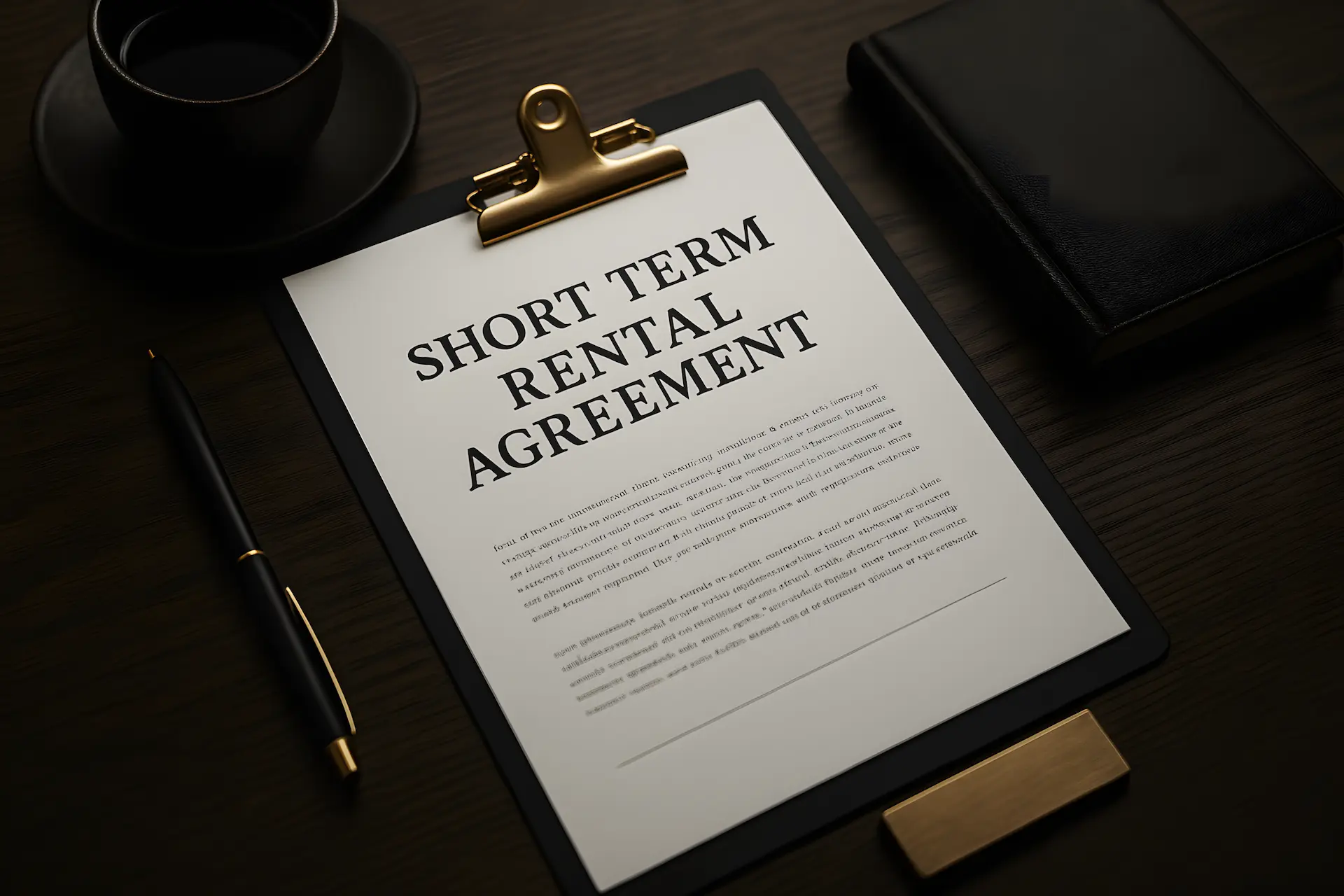Why This Matters for High-Income Real Estate Investors
Most high-net-worth investors are sitting on six or seven figures of suspended losses they can’t touch. Not because they don’t qualify for deductions—but because the IRS classifies those losses as passive.
Under the Passive Activity Loss (PAL) rules, passive losses can’t offset W-2 wages, business income, or investment gains. So you could be losing money on your rentals while still cutting six-figure checks to the IRS.
That’s the game. But here’s the move:
If you understand how to qualify for material participation, you can reclassify those losses as non-passive—and use them to offset your active income. This is one of the few entirely legal ways to go from a six-figure tax bill to zero without offshore accounts or shell companies.
What the Passive Loss Rules Actually Say
By default, the IRS treats all rental activities as passive. That means your rental losses can’t offset active or portfolio income unless you prove you’re actively involved.
If you don’t materially participate, those losses are suspended—carried forward indefinitely until you sell the property or generate passive income to offset them.
Most CPAs will tell you to “just wait it out.” That’s lazy advice. The smarter move is to reclassify those losses through one of three exceptions.
The Three Paths to Escape Passive Status
1. Sell the Property in a Fully Taxable Transaction
If you sell your entire interest in a property, all suspended passive losses are released. Those losses can then offset any type of income—wages, dividends, or capital gains.
2. Qualify for the $25,000 Active Participation Exception
If your AGI is under $100,000, you may qualify for up to a $25,000 offset for active participation. But it phases out entirely at $150,000 AGI, so most high-income earners don’t qualify.
3. Qualify as a Real Estate Professional and Materially Participate
Under Section 469 of the tax code, if you qualify as a Real Estate Professional (REPS) and materially participate in the activity, the losses are non-passive.
This is the most powerful strategy used by advanced real estate investors we work with at Bennett Financials.
The Back Door: Short-Term Rentals and Material Participation
If you operate short-term rentals (STRs), you may not even need to qualify for REPS.
Under the tax code, if the average period of customer use is seven days or less, the activity is not considered a rental—which means it’s not passive by default.
You still need to materially participate, but you don’t have to meet the REPS 750-hour or 50-percent rule. For busy executives or business owners, that’s a major advantage.
If you manage your own STRs, spend at least 100 hours a year on them, and no one else works more hours than you, you can deduct all the related losses against your active income.
One warning: hours spent managing STRs don’t count toward REPS. The Tax Court has confirmed this multiple times, so don’t blend the two strategies.
For more details, see Fit Small Business – Short-Term Rental Tax Rules Explained.
Material Participation: The Core of the Strategy
To convert rental losses into deductions against active income, you must materially participate in the activity.
That means you’re involved on a regular, continuous, and substantial basis. The IRS provides seven tests for material participation. Meeting any one of them qualifies you for that tax year.
The most common three are:
- You participate more than 500 hours during the year.
- You do substantially all the work on the activity.
- You participate for more than 100 hours and no one else does more.
If you own multiple rentals and don’t make a grouping election, you must meet one of these tests for each property individually. That’s where many investors get tripped up.
At Bennett Financials, we often recommend filing a grouping election to treat all rentals as one activity. That makes it easier to prove material participation in total, but it’s a permanent election—so consider the long-term effects before filing.
For a deeper explanation, see the Fractional CFO Guide on the Bennett Financials site.
Real-World Examples
Drogo: He spends 1,100 hours brokering real-estate deals and qualifies for REPS. But he doesn’t spend time managing his own rentals. His losses remain passive.
Jon Snow: He manages properties for others (300 hours) and spends 500 hours on his own rentals. Even without REPS, Jon materially participates and can deduct his losses against active income.
Takeaway: REPS opens the gate, but material participation gets you through it.
Short-Term Rentals: Schedule C vs. Schedule E
Short-term rentals aren’t automatically treated the same.
The distinction depends on how you run the business:
- Schedule C (subject to self-employment tax): You provide substantial services such as daily cleaning, meals, or concierge support.
- Schedule E (not subject to self-employment tax): You manage the property yourself without hotel-like services.
The sweet spot for most high-income investors is a Schedule E short-term rental that’s not passive—no self-employment tax, no REPS requirement, and full deductibility.
Cost Segregation: The Force Multiplier
Once your rental activity is non-passive, cost segregation can dramatically accelerate your deductions.
Cost segregation breaks a property into components—like flooring, lighting, and landscaping—with shorter useful lives. Instead of depreciating the whole building over 27.5 or 39 years, you can deduct parts of it over 5, 7, or 15 years, often with bonus depreciation in the first year.
For example, buy a $1 million property and a cost-seg study identifies $300,000 of 5- and 15-year assets—you can deduct that entire $300,000 in year one.
If your activity is non-passive, those deductions directly offset your active income. That’s a six-figure tax reduction in year one.
To learn how this works in practice, check out Cost Segregation Tax Strategy on the Bennett Financials blog.
Stacking the Strategy: 1031 + Cost Seg + Material Participation
Here’s how experienced investors layer these tools:
- Use cost segregation to front-load depreciation and create large losses.
- Reclassify the activity as non-passive through material participation.
- Before depreciation recapture kicks in, execute a 1031 exchange.
- Roll the gain into a new property with equal or greater value in depreciable components.
Repeat the process over time. Upon your death, your heirs receive a stepped-up basis—erasing the deferred gains entirely. That’s how wealthy families compound tax-efficient generational wealth.
Common Pitfalls to Avoid
- Using property managers: If someone else handles operations, you likely don’t materially participate.
- Forgetting to group properties: You’ll need to qualify separately for each one, which creates a compliance headache.
- Poor documentation: Without logs and records, you’re audit bait. The IRS wins when taxpayers “estimate.”
We recommend using Tax Smart Investors to track hours and maintain audit-ready documentation. Our team builds similar systems for Bennett Financials clients to keep every deduction bulletproof.
Bottom Line
If you’re earning over $500K a year and still treating your rentals as passive, you’re paying too much tax.
You don’t need to restructure your life or set up complicated entities—you just need the right tax strategy executed the right way.
Whether through Real Estate Professional Status, material participation, cost segregation, or a short-term rental structure, these are legitimate, proven tools used by sophisticated investors for decades.
Ready to keep more of what you earn? Start by fixing your tax classification and optimizing your structure. Book a consultation with Bennett Financials and let’s turn your rental losses into real cash flow.
Key Takeaways
- Material participation turns rental losses from passive to non-passive
- Short-term rentals under seven days often qualify automatically
- Grouping elections simplify qualification but are permanent
- Cost segregation amplifies the impact of non-passive status
- Accurate documentation protects you in an IRS audit


